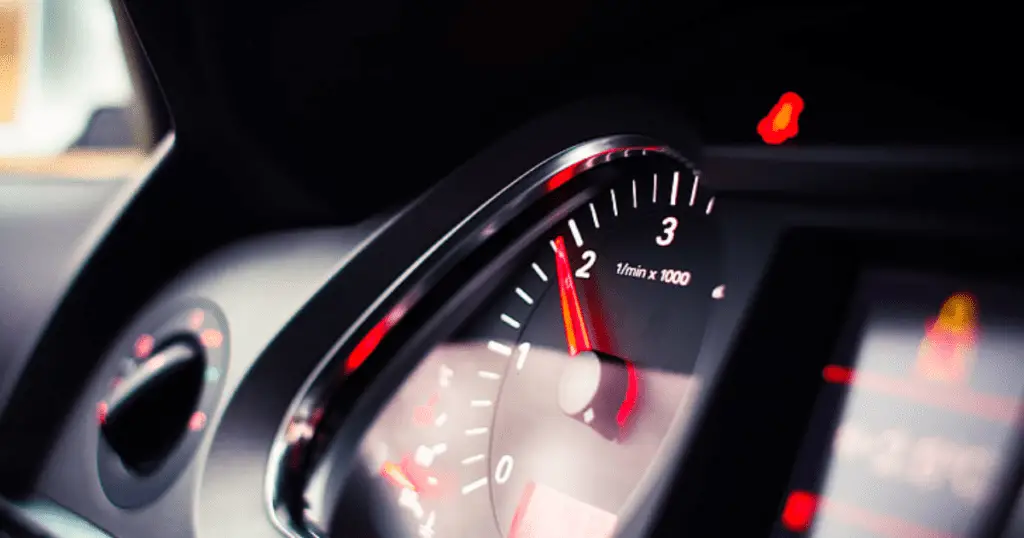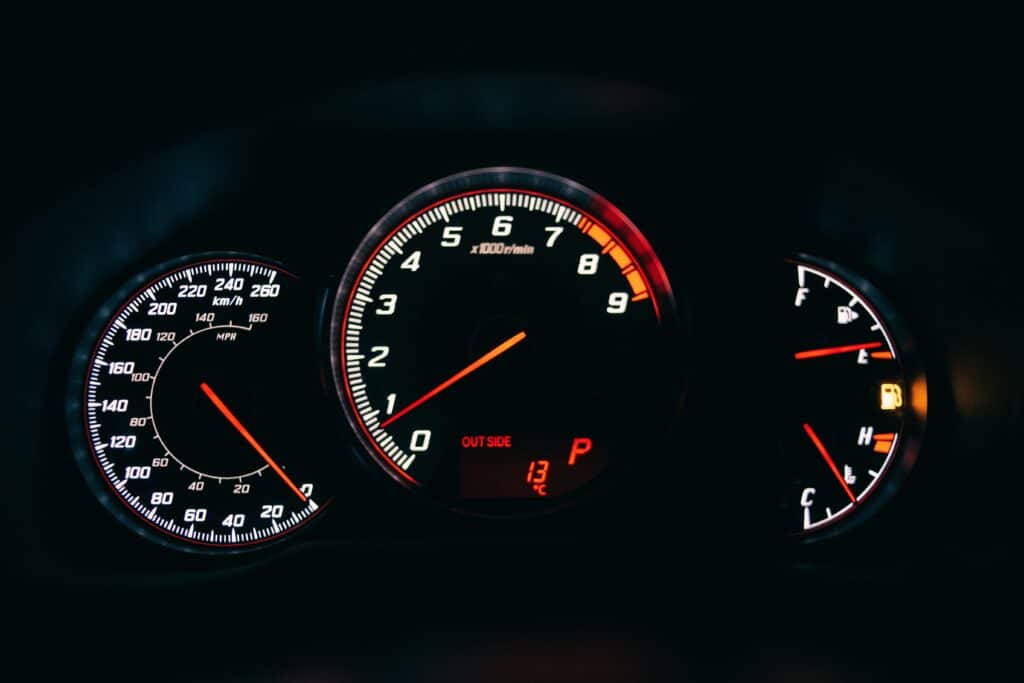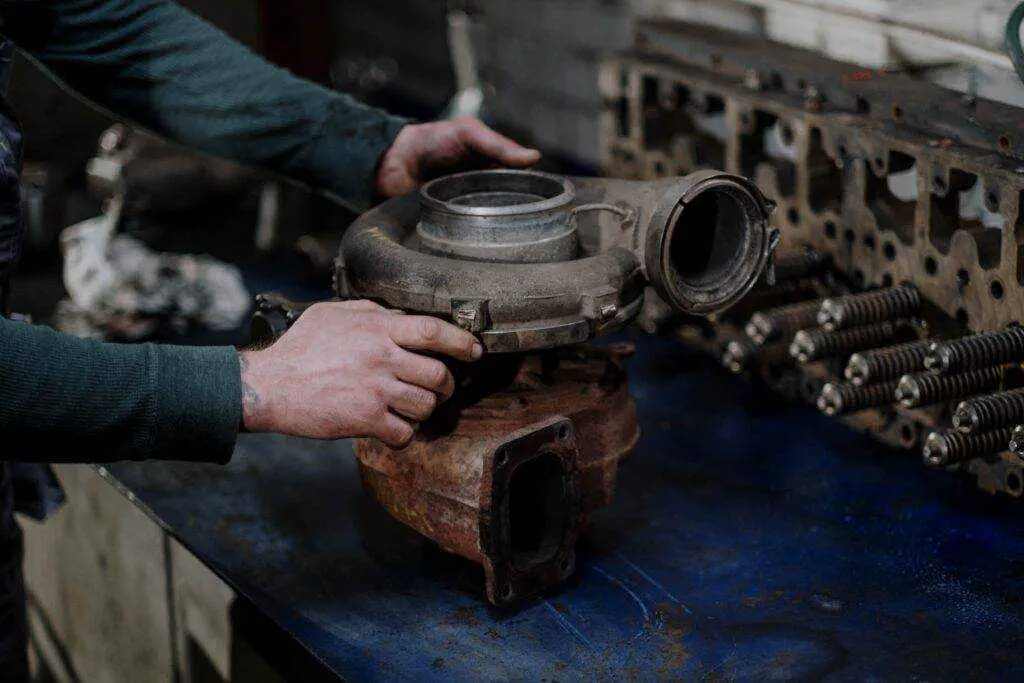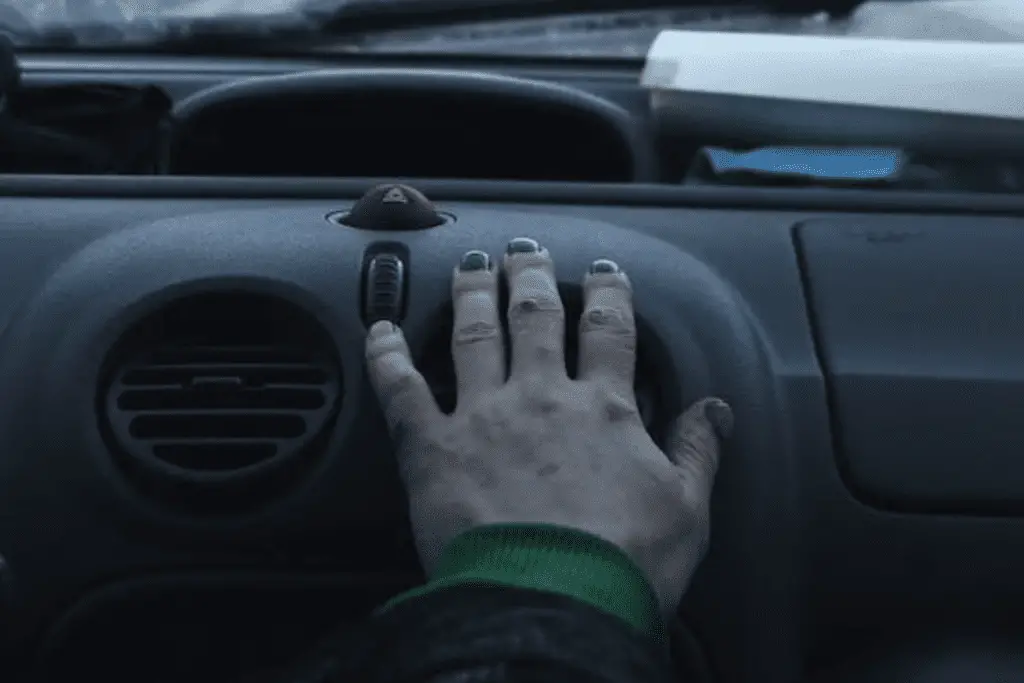No, a properly running car should be able to safely rev above 3000 rpm when accelerating or in gear. If it does not, there is likely an underlying mechanical or electrical issue needing diagnosis.
Now let’s explore potential reasons and solutions for Car Won’t Go Over 3000 RPM in more detail…
You put the pedal down but the tachometer barely breaks past the 3K mark. Like an out-of-shape jogger huffing and puffing, your engine seems unable to keep up the revs. What’s causing this lack of high RPM power?
So before you redline it for the 1000th time hoping to break through the barrier, let’s build up your engine systems knowledge. Only then can you make the best decision between doing it yourself or seeking professional assistance. The open road awaits!
Why is My Car Not Able to Exceed 3000 RPMs?
Car Won’t Go Over 3000 RPM. There are a few key reasons an engine may struggle to rev higher than 3000 RPM:
Faulty sensors – Issues with the mass airflow, throttle position, or oxygen sensors provide incorrect data to the computer controlling fuel, timing, etc.
Misfires – Weak ignition coils, fouled plugs, loss of compression, or fuel delivery problems in one or more cylinders hampers high RPM power.
Restricted airflow – Blocked air filter, crushed intake ducting, failing turbo, etc. starves the engine of air needed for combustion.
Fuel delivery problems – Weak fuel pump, clogged filter, or dirty injectors cannot supply sufficient fuel at high engine speeds.
Exhaust restrictions – A severely clogged catalytic converter, crushed pipe, or accumulation of carbon in the cylinders inhibits exhaust outflow.
So both engine maintenance issues and damaged electronic components can contribute to the 3000 RPM limit.
Signs Your Car is Rev Limited Beyond 3000 RPM
The Car Won’t Go Over 3000 RPM Watch for these symptoms pointing to restricted high RPM power:
- Check engine light illuminated
- Loss of power above 3000 RPM – Lack of acceleration and weak torque
- Delayed and sluggish throttle response
- Knocking, pinging, or rattling noises under load
- Failed emissions tests from high HC readings
Don’t ignore these warning signs which indicate potential damage from ongoing high-load operation. Diagnose and repair the issue promptly.
DIY Ways to Troubleshoot a 3000 RPM Rev Limit
Use these tips to track down the cause of your engine’s 3000 RPM rev cap:
- Scan for diagnostic trouble codes pointing to specific damaged components
- Test fuel pressure and volume – a weak pump can’t keep up at high speeds
- Check ignition timing using a timing light – retarded timing hampers high RPM power
- Inspect spark plugs for fouling and improper gaps – replace plugs and wires as needed
- Ensure throttle body is clean, and functioning – resets may temporarily restore high rev function
- Test mass airflow sensor voltage signal for out-of-range readings indicating a faulty MAF
- Look for intake leaks causing unmetered air disrupting readings
- Verify engine has good compression across all cylinders
While access to professional diagnostic scanners makes this process easier, with some investigation and process of elimination, you can identify the issue of Car Won’t Go Over 3000 RPM.
Typical Repair Costs for High RPM Issues
Expect to pay for repairs like these to address 3000 RPM limit problems:
- Air filter replacement – $25-$100
- Ignition coils and plugs – $100-$300
- Oxygen and MAF sensors – $125-$250 each
- Fuel pump – $200-$500
- EGR and carbon cleaning – $150-$350
- Catalytic converter – $800-$2000
- Turbocharger – $1200-$2000
- Engine rebuild – $4000+
Labor varies from 1-10 hours depending on specific parts and vehicle accessibility. Diagnostics runs $100/hr.

Preventing Future High RPM Limiting Issues
Reduce chances of Car Won’t Go Over 3000 RPM by:
- Fixing check engine lights immediately to prevent cascading damage
- Following all maintenance – air, fuel, ignition, sensors, etc.
- Keeping intake and exhaust tracts clear of debris/restrictions
- Not ignoring hesitation, knocking, or performance changes
- Tuning and modifying the engine only as permitted
With vigilance and care, your engine can healthily spin to redline for years. Don’t let little issues snowball into major RPM barriers.
Frequently Asked Questions
Let’s summarize key facts about 3000 RPM rev-limited engines:
What is the most common cause of a 3000 RPM limit?
The most likely culprits are intake air restrictions, ignition system faults like bad coils or plugs, clogged or damaged catalytic converters, or failing sensors providing bad data to the computer.
Why won’t my car rev over 2500 RPM?
Similar issues can cap RPMs at 2500 – faulty sensors, restricted airflow, ignition misfires, lean/rich fuel mixture, clutch slippage, or powertrain computer problems triggering limp mode.
Why won’t my car rev over 4000 RPM?
Higher 4000+ RPM limits are often programmed intentionally by manufacturers to protect engines from damage. Limp modes can also activate a 4000 RPM ceiling.
Why is my car struggling to rev up?
Lack of power through the RPM range points to insufficient air intake, fuel delivery problems, failing turbochargers, exhaust restrictions, worn engine components, or wrong oil viscosity.
What typically limits RPM in a car?
Engine design redlines, intentionally programmed RPM limiters, engine computer limp modes, failing engine components, insufficient air or fuel delivery, or restricted exhausts commonly limit RPM.
Conclusion
Like an athlete hitting a wall, our engines rely on many functions working properly together to keep power and RPM climbing smoothly. When one fails, the whole system suffers. Methodically check fuel, air, ignition, sensors, and computer codes to determine what is capping your high-end horsepower. Car Won’t Go Over 3000 RPM. With the right diagnosis and repairs, your vehicle can resume revving freely up to the red line. Don’t settle for a low 3000 RPM ceiling – open it up and feel that power when you drop the hammer!





